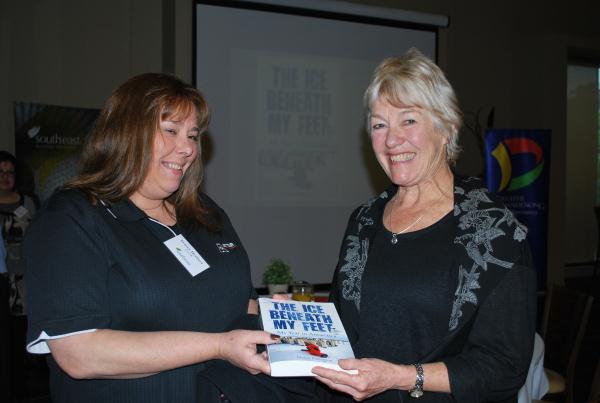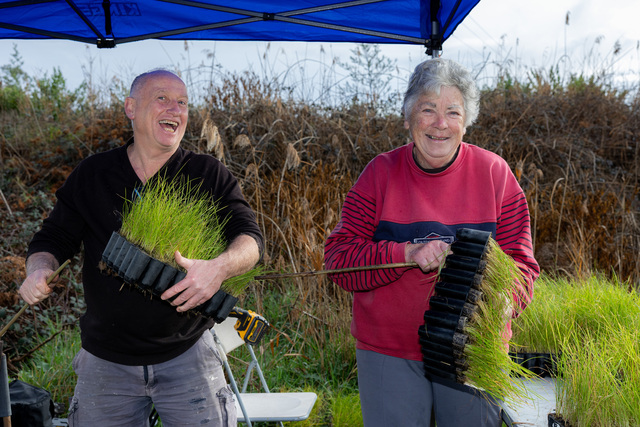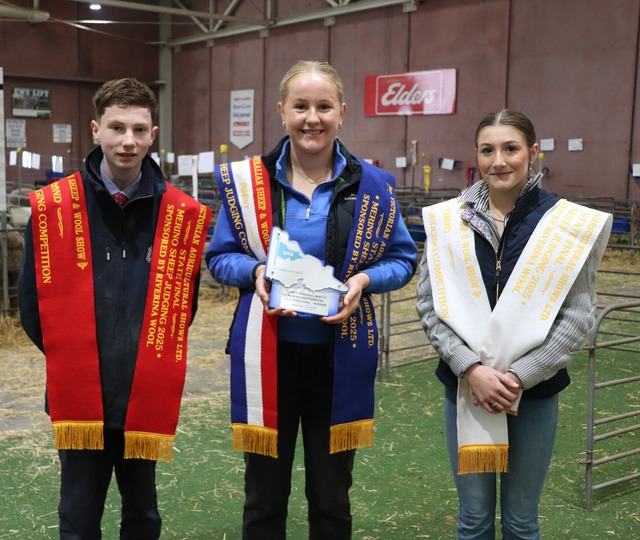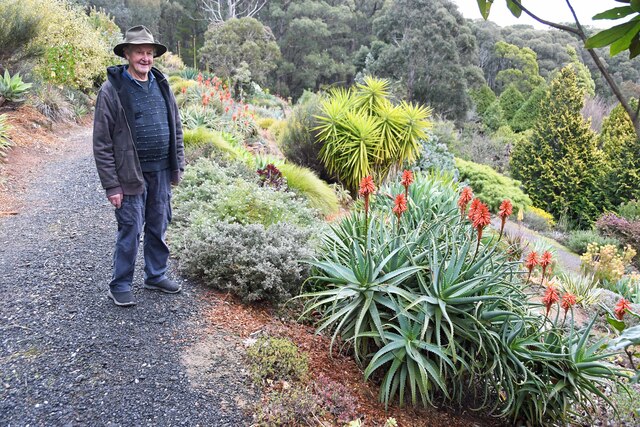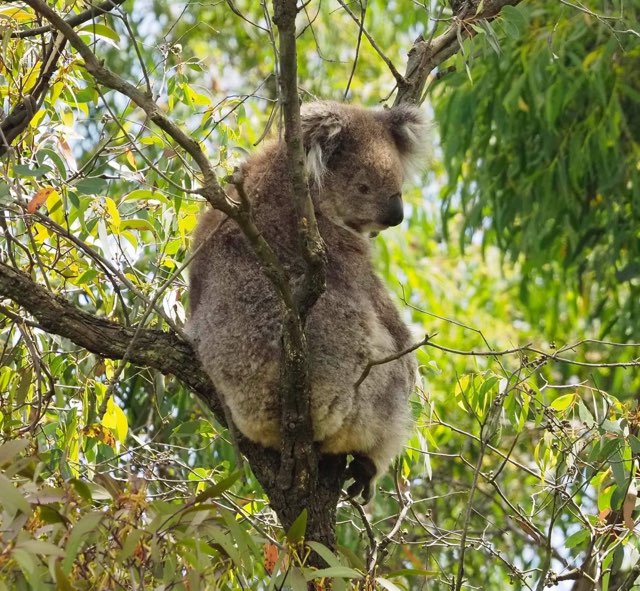By NARELLE COULTER
SLEEPING in a tent buffeted by blizzards, working in 24 hour darkness and pulling apart sparring huskies was all in a day’s work for Diana Patterson, the first woman in the world to lead an Arctic research station.
Ms Patterson detailed her journey from high school physical education teacher to head of a diverse team of scientists, tradesmen, cooks and pilots in one of the most challenging work environments on earth at a South East Women in Business breakfast at Springvale on Friday.
It took Ms Patterson 10 years to achieve her ambition of living and working in Antarctica.
“It was the best job I’ve had in my life,” she said
“I wanted adventure but I wanted someone to pay me to do it.”
Knocked back on her first application for the position in 1980, she set about building up her skill base.
“I took up cross-country skiing and went snow camping in the high country.
“I changed careers from the welfare sector to sport and recreation, in particular infrastructure and development of facilities.”
Five applications later, Ms Patterson was finally on her way, appointed in 1987 to lead Australia’s Casey Research Station for six months.
“The environment was everything I expected it to be.
“I still get an absolute thrill thinking about the helicopter flight to Antarctica. I remember just how exciting it was.”
She was one of two women (the other was the cook) and 23 men living in complete isolation, which presented its own unique management challenges.
“You can’t sack anyone, you can’t bring in outside mediation to deal with dispute resolution. You have to rely on your own skills.”
She immersed herself in life at Casey, working with the scientists as often as she could but also lending a hand as an “apprentice tiler and painter”.
“It was a learning experience to be on a building site. I got all sorts of insights into an all-male environment.”
In 1989 she was appointed to run the larger Mawson Station.
Flying into Mawson was one of the few times she doubted her ability to carry out the job.
“There are three grave markers on a hill, which I could see from my bedroom window. It does bring home to you that you are in a hostile environment.”
Ms Patterson shared some of the management lessons she learned during her time in Antarctica.
“It is important to reflect on your performance and adapt your own behaviours accordingly, was one of the most important things I learned.
“And when there are large problems in an organisation bring them down to small tasks that can be achieved by small groups. That way you can change the dynamic.”
Laughingly, she said she also learned how to throw a fantastic theme party, vital to breaking the monotony of life cut off from the outside world.
“One of the best things you can do as a leader is organise a good theme party.”
Ms Patterson is now working on an anthology of husky stories for her PhD, competing in ski marathons and raising money to support a boarding house at a school in the Kalahari Desert.
Her book about living and working in Antarctica is called The Ice Beneath My Feet.

